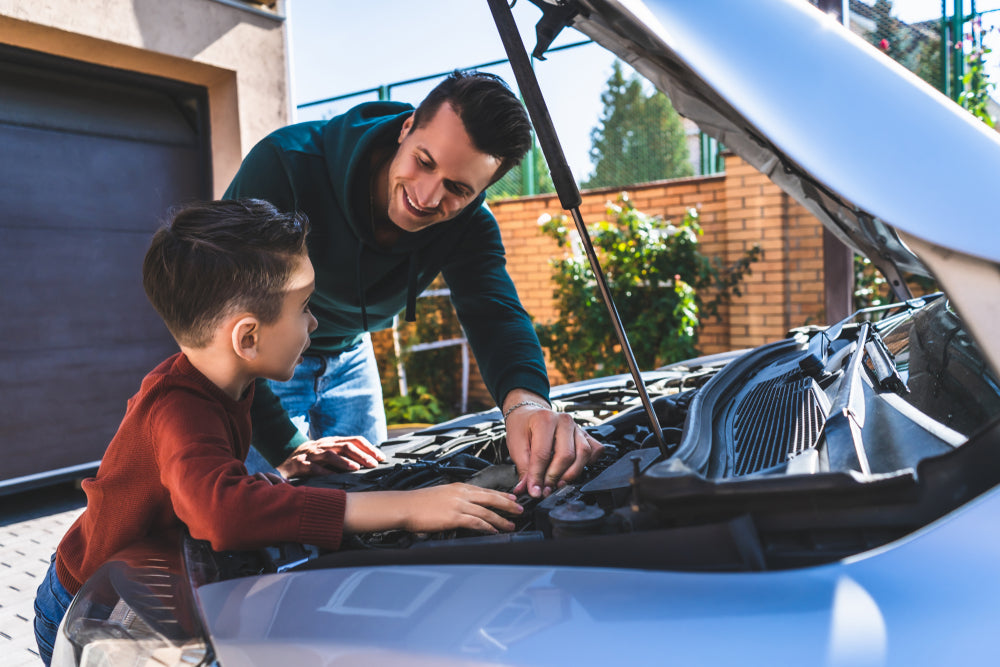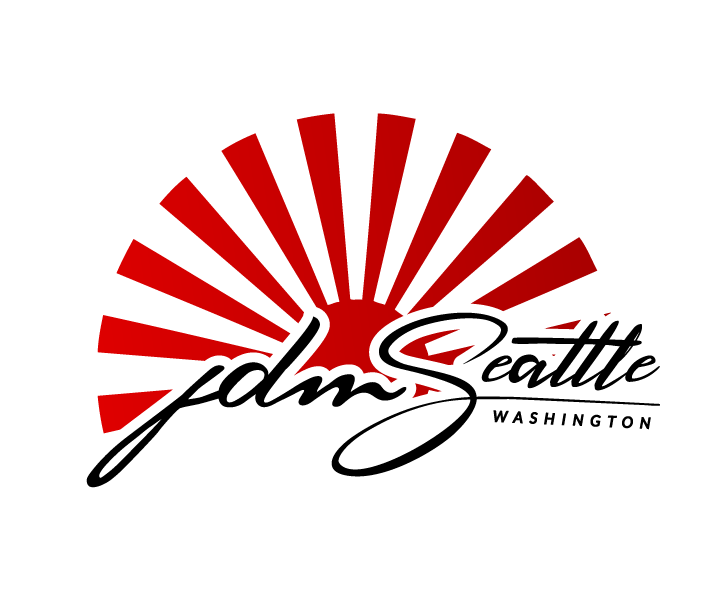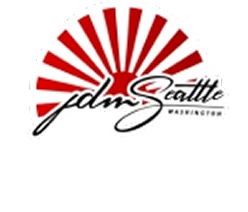
DIY Auto Repairs and More
Car owners understand that vehicles break down every once in a while. Most of us simply take our vehicles to an auto repair station no matter how small the problem is. But wouldn’t it be nice to save yourself from frequent and costly car shop trips and learn a few things about caring for your vehicle in and out of the shop?
When it comes to auto repair, cheaper is not always a good thing. You want someone who is knowledgeable about your make and model of car to be working on it. While you might get by having a friend do your oil change in exchange for dinner, anything more complicated is better left to a professional. You don't want to have to pay extra later to fix those "repairs".
Independent garages and mechanics are usually much cheaper than dealerships. You might get a discount at your dealership if you purchased your car recently, but do not make a habit of going to your dealership if you find their prices too expensive. Research local and independent garages with a good reputation instead.
Be responsible when performing DIY auto repairs. Just about every item you might replace or repair on a vehicle is environmentally unfriendly. Take care to dispose of liquids such as motor oil and coolant properly. Take used parts to your local junkyard or recycling center. Don't toss plastic bottles about the landscape. If you are unsure of where you can dispose of these items, check with your local waste disposal agency or an automotive supply store.
In addition to basic tire changing equipment, keep a plastic tote filled with DIY auto repair supplies in the trunk of your car in case of emergencies. Fill it with at least a quart each of motor oil, transmission fluid, steering fluid, and brake fluid, and a gallon of water. Add a can of penetrating oil spray, a roll of duct tape, twine, bungee cords, and basic tools so that you can manage minor repairs on the road.
Replacing a charcoal canister is very expensive, but you can easily replace this part yourself. Take off the wheel located under your fuel tank and disconnect the vacuum lines connected to the old canister. The part should then come right off. Install the new one and connect the lines very carefully before installing the wheel again.
Keep an eye on your transmission. If it's performing poorly, it could be the actual component, a plugged filter, or a disconnected hose. Have your mechanic check the simple things first since repairing transmissions can be expensive. Common issues to watch out for are no response or a delayed response when shifting from neutral to drive or reverse, hard or abrupt shifts between the gears, failing to shift during acceleration, and slippage when accelerating.

